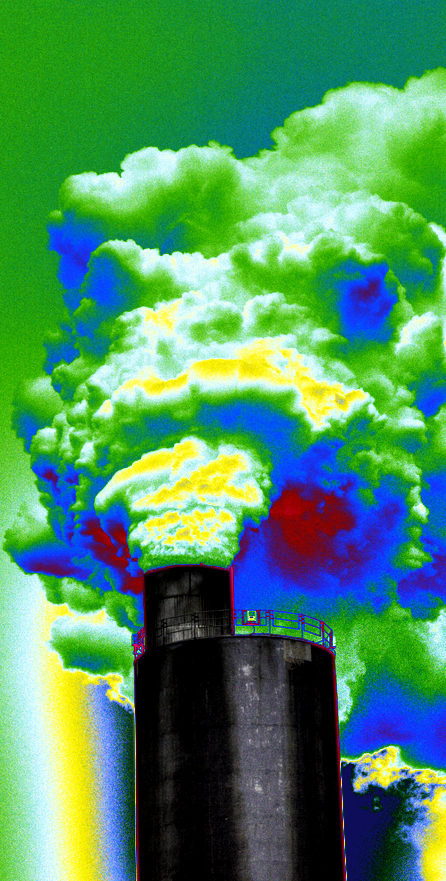Local pollutants illegal elsewhere
 Environmentalists say Australian coal-fired power stations produce levels of toxic air pollution that would be illegal in the US, Europe and China.
Environmentalists say Australian coal-fired power stations produce levels of toxic air pollution that would be illegal in the US, Europe and China.
A new paper from Environmental Justice Australia (EJA) says Australian power plants also regularly exceed pollution limits imposed on them without consequences.
EJA’s investigation claims coal power plant operators in Australia have been gaming the systems that monitor pollution, while others simply report unreliable numbers.
EJA researchers compiled the individual pollution limits allowed for 10 of Australia’s 17 commercially-operating coal-fired power stations, standardised the limits for comparison and measured them against regulations in the US, Europe and China.
In almost all cases, Australian coal power plants were allowed to emit more pollution.
Mercury emissions provided the starkest comparison, with some coal-fired power plants in New South Wales allowed to emit 666 times what would be allowed in the US, and 33 times the limit in the EU and China.
Fine particle pollution compared poorly too.
Every coal power station in Victoria is allowed to release more particulate pollution into the environment than international power stations in any of the three jurisdictions examined.
The review criticises the lack of any national pollution standards in Australia, as each power station has its own limits.
Additionally, the EJA found those individual limits were poorly monitored, often exceeded and rarely enforced, with many power stations only checking once or twice a year.
It come after earlier allegations uncovered by EJA, that power stations are gaming the system by putting less polluting coal into the generator when they know they are being monitored.
The investigation the operators of the 10 power stations studied about the emissions-limiting technology they had in place – six responded.
Between the limited responses and the actual pollution data, the researchers concluded that none of the 10 stations were the latest technology, including “wet scrubbers” to remove sulphur and “catalytic reduction methods” to reduce nitrogen pollution.
“All power stations are emitting significantly more pollution than they would if they had these technologies installed,” the report concludes.
It notes that if stricter pollution limits were imposed, the operators would be forced to use the technology.
“Australia’s air pollution laws are weak, outdated, poorly monitored and inadequately enforced,” said EJA lawyer Nicola Rivers, a co-author of the report.
The report called for the introduction of binding national emission standards requiring international best practice.








 Print
Print